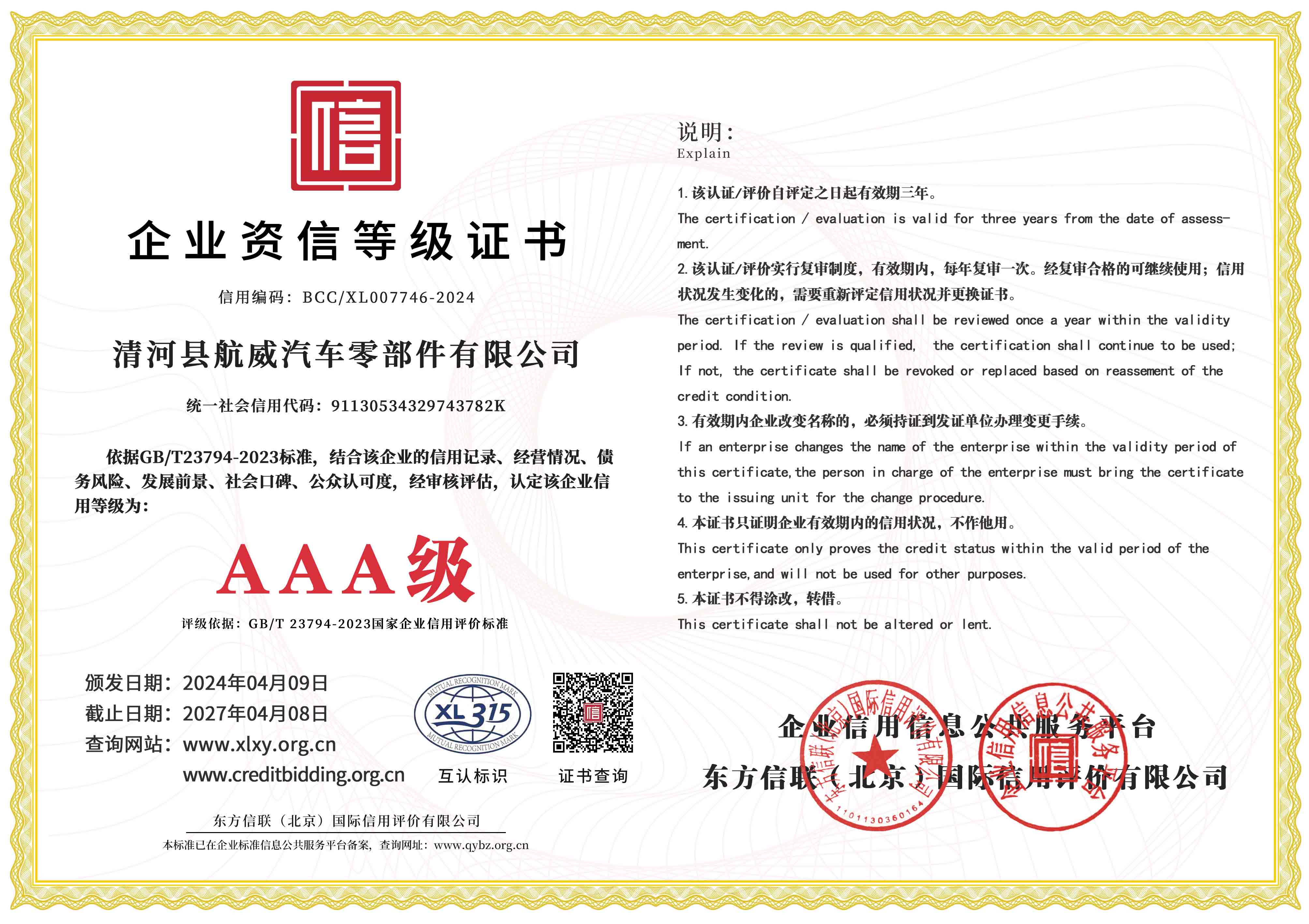broken gear shift cable
Understanding and Resolving a Broken Gear Shift Cable Issue
A vehicle’s gear shift cable might seem like a minor component in the grand scheme of things, but when it malfunctions, it can significantly impact the functionality and safety of your driving experience. A broken gear shift cable can lead to numerous issues, ranging from difficulty in changing gears to complete inability to shift the vehicle into the desired gear. Understanding this issue, its symptoms, and possible solutions is crucial for any vehicle owner.
What is a Gear Shift Cable?
The gear shift cable is a critical part of a vehicle's transmission system that connects the gear shifter (usually located in the cabin) to the transmission itself. When the driver moves the gear shifter, the cable transmits this movement to the transmission, allowing the gears to shift smoothly and efficiently. This cable is made of strong materials to withstand constant tension and movement, but over time, wear and tear can cause it to break or malfunction.
Symptoms of a Broken Gear Shift Cable
Identifying a broken gear shift cable is not always straightforward, as the symptoms can vary. Here are some common signs that indicate there might be an issue with your gear shift cable
1. Difficulty Shifting Gears If you find that you are struggling to shift gears or are unable to shift out of park, this can be a clear indication that the gear shift cable is compromised.
2. Slipping or Delayed Engagement A faulty cable may not allow the transmission to engage properly, resulting in delayed shifting or slipping between gears while driving.
3. Unusual Noises You may hear unusual noises, such as grinding or clunking, when attempting to shift gears. These sounds may be more pronounced in certain gears.
4. Warning Lights While not directly related to the cable, warning lights on the dashboard can sometimes signal transmission issues that could stem from a broken cable.
broken gear shift cable

Diagnosing the Issue
If you suspect that your gear shift cable is broken, it’s advisable to have a professional mechanic diagnose the problem. They can inspect the cables for any signs of damage, test their function, and check for any other related issues within the transmission system. Diagnosing the problem correctly can save you time and money by avoiding unnecessary repairs.
Repairing or Replacing the Gear Shift Cable
Repairing or replacing a gear shift cable is generally not an expensive job, but it requires some mechanical skill and knowledge. If you choose to undertake this repair yourself, here’s a general outline of the steps involved
1. Gather Tools and Replacement Parts You’ll need a set of tools, including wrenches, pliers, and potentially a jack if you need to elevate your vehicle. Make sure to obtain a new gear shift cable that is compatible with your vehicle’s make and model.
2. Remove the Old Cable This often involves disconnecting the cable from the gear shifter and the transmission. Be cautious and remember how everything is connected — taking photographs can be helpful.
3. Install the New Cable Follow the reverse procedure to install the new cable, ensuring that it is routed correctly and securely attached at both ends.
4. Test the System After installation, carefully test the gear shifter to ensure everything is functioning correctly. Pay attention to any unusual noises or feelings while shifting.
5. Seek Professional Help if Necessary If you are uncomfortable with any part of the process or if the problem persists after replacing the cable, it is advisable to seek help from a professional mechanic.
Conclusion
A broken gear shift cable can present significant challenges for drivers, affecting vehicle performance and safety. However, by recognizing the symptoms, seeking proper diagnosis, and taking the necessary steps to repair or replace the cable, drivers can ensure a smooth and safe driving experience. Regular maintenance and timely inspections can help prevent gear shift cable issues from arising in the first place, thus extending the life of your vehicle's transmission system.
-
Workings of Clutch Pipe and Hose SystemsNewsJun.04,2025
-
The Inner Workings of Hand Brake Cable SystemsNewsJun.04,2025
-
The Secrets of Throttle and Accelerator CablesNewsJun.04,2025
-
The Hidden Lifeline of Your Transmission Gear Shift CablesNewsJun.04,2025
-
Demystifying Gear Cables and Shift LinkagesNewsJun.04,2025
-
Decoding Clutch Line Systems A Comprehensive GuideNewsJun.04,2025
